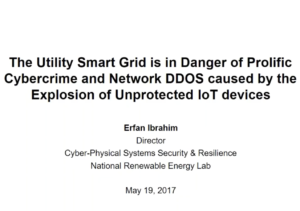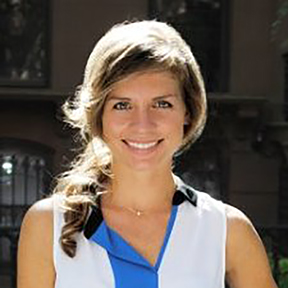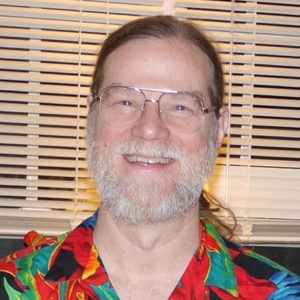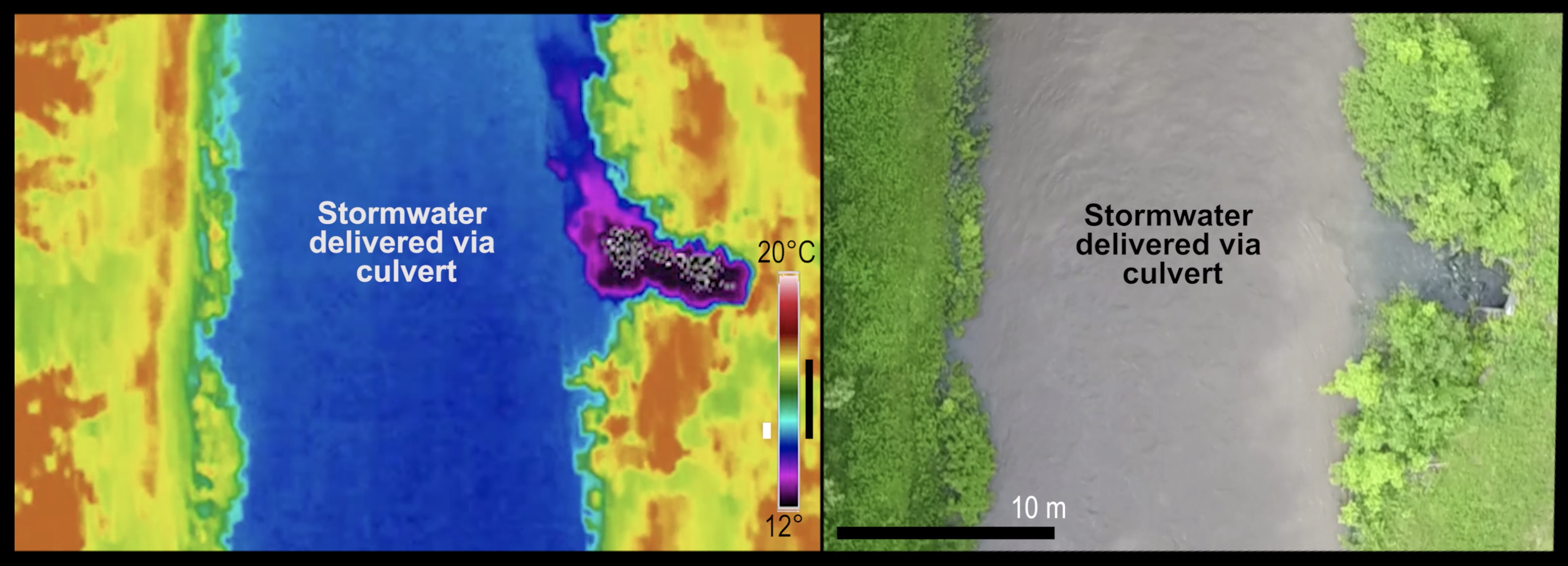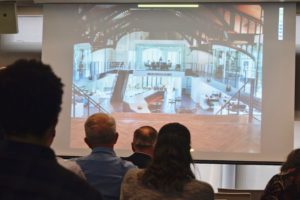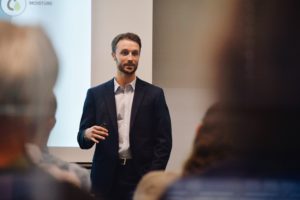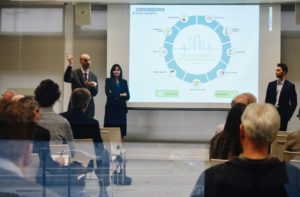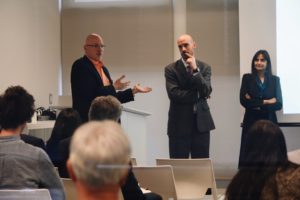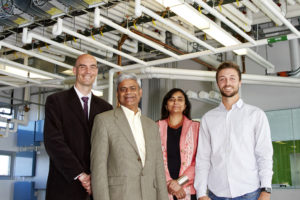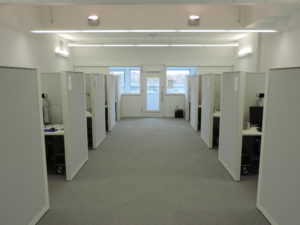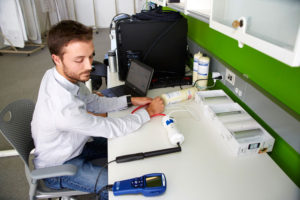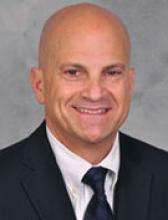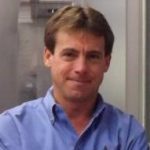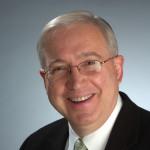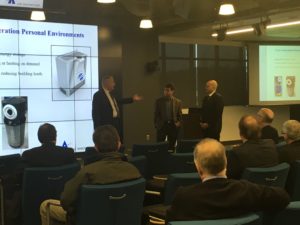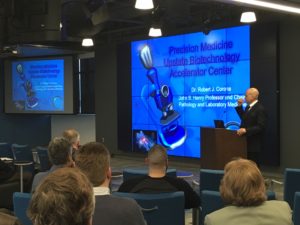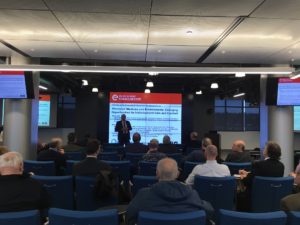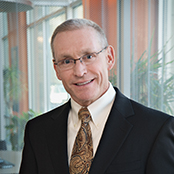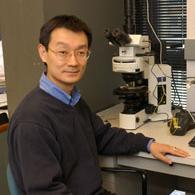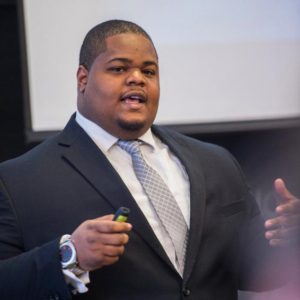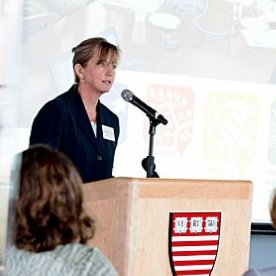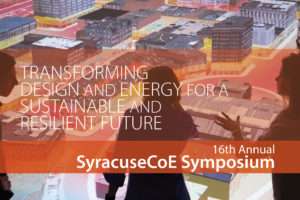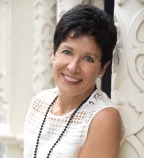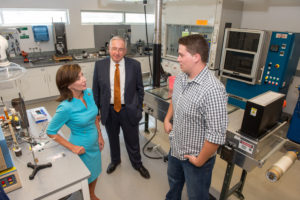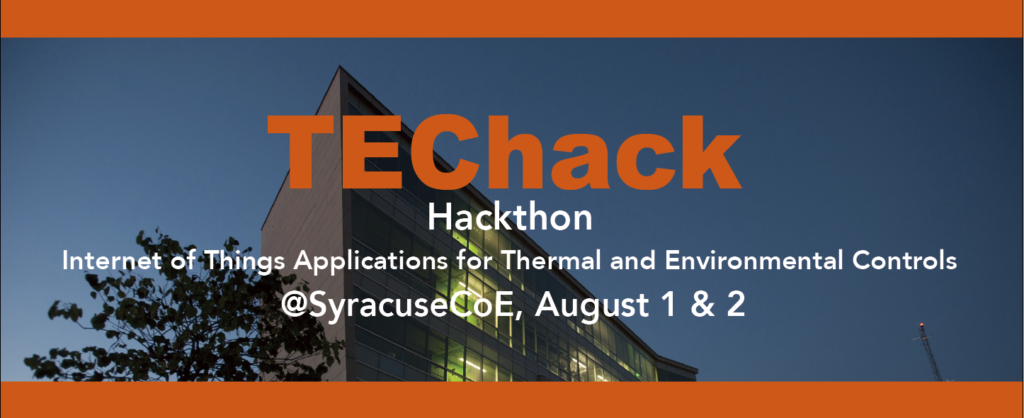There were nine winners of the 2017 SyracuseCoE Symposium Student Poster Competition. Twenty-eight students from five institutions were judged last Wednesday night after the 17th Annual SyracuseCoE Symposium. Judges engaged poster contestants and posters were judged on project layout and design of posters, as well as student’s knowledge and ability to explain posters and answer questions from judges.
“Students did a fantastic job skillfully detailing their research”, said Ed Bogucz, SyracuseCoE executive director and associate professor of Mechanical and Aerospace Engineering at Syracuse University. “Hosting these student innovators each year is an absolute highlight for us at this event and we are proud to do so. We applaud their accomplishments and look forward to their future successes.”
Posters were judged in three categories: undergraduate, master’s, and Ph.D. winners:
Undergrad Winners:
1st Place: Thomas Welles, Syracuse University, Aerospace Engineering major, Solid Oxide Fuel Cells Replacement of Catalytic Converter in Automotive Exhaust; Faculty Advisor: Jeongmin Ahn
2nd Place: Alice Gorodetsky, Amanda Liberty, Burak Kakillioglu, Syracuse University, Architecture major, Heat Mapping Drones; Faculty Advisors: Tarek Rakha, Senem Velipasalar
3rd Place: Joshua Willson, SUNY Oswego, Electrical and Computer Engineering major, High Capacity Lithium-Ion Batteries Composed of Cobalt Oxide Nanoparticle Anodes and Raman Spectroscopic Analysis of Nanoparticle Strain Dynamics in Batteries; Faculty Advisor: Mohammad A. Islam,
Master’s Winners:
1st Place: Jenny Frank, Tim Volk, Justin Heavey, SUNY ESF, Sustainable Energy/M.S., A Stochastic Techno-Economic Analysis of Shrub Willow Production Using EcoWillow 2.0; Faculty Advisors: Tristan Brown and Bob Malmsheimer
2nd Place: Timur Sabitov, SUNY ESF, Environmental Resource Engineering – Geospatial Engineering, Overview of the Upper Watershed Conditions in the Aral Sea Basin for the Last Half of Century; Faculty Advisor: Neil Murphy
3rd Place: Samuel Caldwell, Syracuse University, Earth Science, Point Source Heat Pollution: A Study of the Effects of Artificially Channelized Inputs on Urban Stream Temperature; Faculty Advisor: Christa Kelleher
PhD Winners
1st place: Ryan Falkenstein-Smith, Syracuse University, Mechanical and Aerospace Engineering Ph.D. Candidate, Oxygen Transport Membranes for Oxy-fuel Combustion; Faculty Advisor: Jeongmin Ahn
2nd Place: Saeid Biria, Syracuse University, Chemical Engineering Ph.D. Candidate, Polymer Encapsulants Incorporating Light-Guiding Architectures to Increase Optical Energy Conversion In Solar Cells; Faculty Advisor: Ian D. Hosein
3rd Place: Shreyas Pathreeker, Syracuse University, Chemical Engineering Ph.D. Candidate, A Novel, Light-induced Photo-polymerization Based Approach Towards Developing Enhanced Battery Anodes; Faculty Advisor: Ian D. Hosein
Poster judges included Vince Bongio, SBB, Inc; Bill Chadwick, United Technologies Corp; Aimee Clinkhammer, New York State Department of Environmental Conservation; Lee Davis, Eaton’s Ephesus Sports Lighting; John Dougherty, SRC, Inc; Mike Frisina, Ashley McGraw Architects; Tom King, King + King Architects; Mary Reidy, National Grid; Adam Walburger, CDH Energy; and Larry Wetzel, Air Innovations.
Click here to view a pdf of abstracts for the 2017 SyracuseCoE Symposium Student Poster Competition.

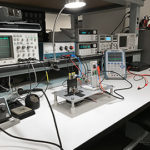
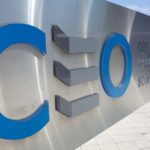

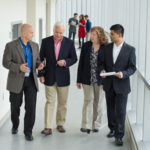
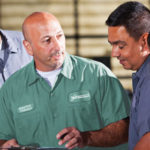
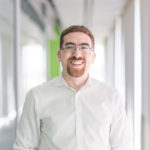 Dr. Tarek Rakha is an architect, building scientist and educator. He directs the
Dr. Tarek Rakha is an architect, building scientist and educator. He directs the 